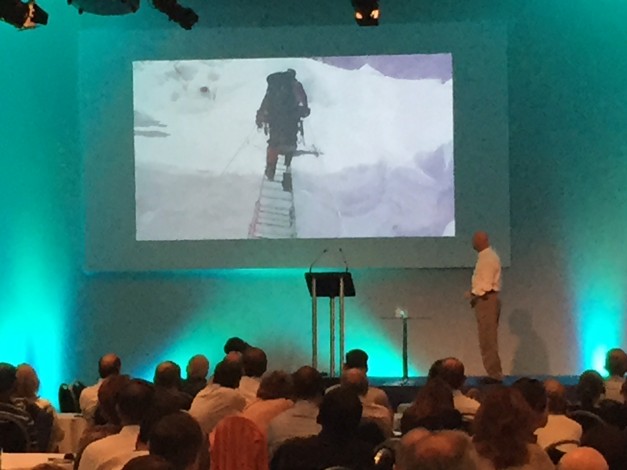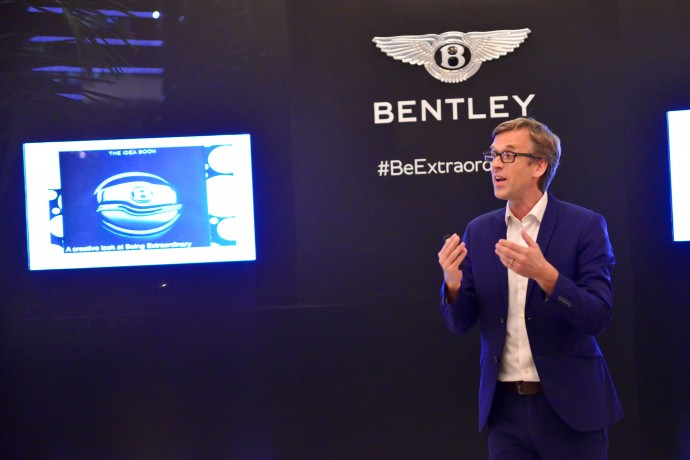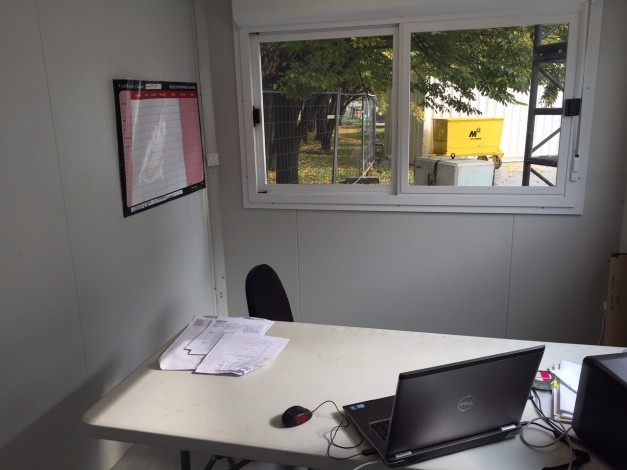
(Rio de Janeiro, Brazil)
For its global conference in Rio de Janeiro Nexia had invited two speakers:
Nelson Cardona, from Colombia.
and me (who flew in from Singapore).
I did a good speech, got great feedback (including a top manager of Nexia who came up and said “This was one of the best speeches I have ever heard, and I have heard a lot.”)
So job well done.
But I did not get a standing ovation.
Nelson Cardona did.
In this post I will analyse why.
1) An awesome story.
Nelson Cardona has had an amazing life. He was literally born during an earthquake. He ran away from home at 12 to discover the world and ended up in the rainforest for 8 years while his family thought he was dead. Then he became a climber. But in an accident he fell 18 meters and almost died and had to amputate his leg.
With just one leg he was able to climb Mt Everest (!) But on the way down he had lost so much weight that his prosthetic leg did not fit anymore and at the same time he got stuck in a storm with no oxygen left. He almost died again. But he somehow survived and now goes around and gives talks about living your passion.
2) A positive message.
His main message was about how he learnt not to complain and he showed a powerful picture of a very young child who had lost his legs but refused to complain and Nelson realised that to be a role model for this (and other) children he had to stop feeling sorry about himself and instead appreciate what he had.
As he said: “Life said to me” If you are going continue to complain I will take an eye out”.
3) Great connection to the client.
Nelson was perhaps the best speaker I have ever seen when it comes to connecting his speech to the client. He had included the clients logo, values, business and credo into his speech in a way that did not feel forced and which made “accounting” feel connected to climbing mt Everest.
4) Passion.
Speakers who tell their own story always run the risk of the audience feeling “why are you speaking so much about yourself?” or “What does this have to do with me?”. But Nelson was able to get the audience to connect to the higher message. You could tell by his speech that he was passionate about his life – but also about his message. (he spoke in Spanish so almost the whole audience had to listen via the translator which made it an even more impressive achievement.)
5) A great ending. (Which is probably the single most important part for who to get a standing ovation if I look at the times that I have gotten it in my career. (I can not go in in detail on how he ended it, but he did a very nice connection between a strategic decision that Nexia has taken for the future and his own story.)
To finish a speech in a good way we should not think about it as a “sprint to the finish line”’
More like how the participants in the TV show “american ninja warrior” stop to focus before they attack the last and most difficult hurdle.
Pause. Collect your thoughts. Focus. Get the audience to understand that you are now going to deliver the closing message – then pour all your energy into ending with a bang.
ps.
One of Nelsons message was that we have to “design the emotions”of the people we want to influence.
He used it to explain how he convinced his group that he could climb mt Everest with only one functioning leg. When people said it could not be done he said: “We have to do it to show people in Latin America that we can do great things.” His message became something bigger than just “I can do this” – it became “we have to do this to show everyone else that they can do what ever they can dream about too.”
As speakers that is one of the most important things that we do. We have to aim to “design the emotions” of our audience. And to do that we need to be aware about how to package our message in a way that moves them in a maximum way.
I did not get the standing ovation today.
But I got something better: a lesson in how to become a better speaker.
(Suggestion: Submit your email address in the form to the right to get a convenient email summary in your inbox every time 10 new posts have been posted.)
Contact Fredrik by clicking on the email symbol below.

